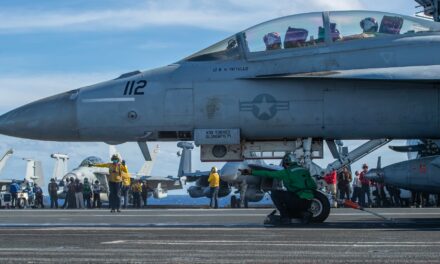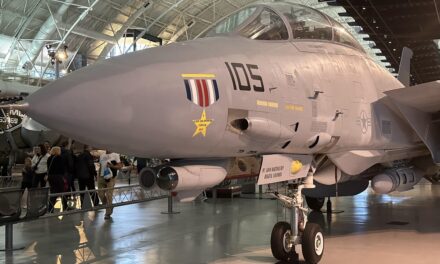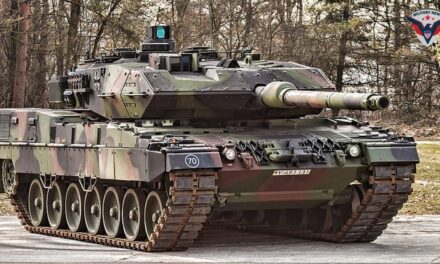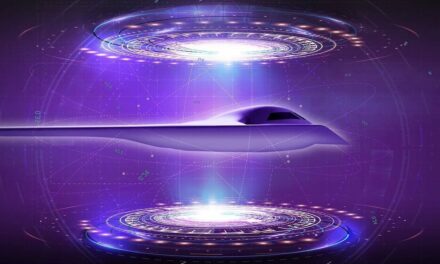We support our Publishers and Content Creators. You can view this story on their website by CLICKING HERE.
Key Points: Despite massive personnel losses, estimated between 600,000 to 700,000, Russia continues to fight effectively in Ukraine, leveraging historical resolve, tactical adaptations, and external support.
-Putin’s military relies on high manpower reserves, alliances with North Korea for troop reinforcements and munitions, and a willingness to endure attrition.
-The conflict has shifted into a war of mass and attrition, with Russia using divisional formations and better-trained units for offensive operations.
-With a robust defense industry producing tanks and drones, and artillery remaining a key factor in Ukrainian casualties, Moscow is betting on Ukraine’s eventual exhaustion to secure more territory in the Donbas.
Can Russia Still Fight Effectively in Ukraine Despite Massive Losses?
Russia has lost more than 600,000 military personnel dead or wounded in Ukraine. Some have this number at close to 700,000.
The war has been a meat grinder for both sides, and it is still in a stalemate heading into its third year. The countries show no signs of letting up while fighting continues in trench warfare in the Donbas region. The Russians are making steady progress while taking some towns and villages, but it is slow going, and thousands of Vladimir Putin’s troops are dying in Soviet-style frontal assaults.
North Korea Provides a Surge
But how long can Russia keep losing people in Ukraine? Now, there is even more combat in the Kursk region of Russia, where Ukraine made an incursion this year.
Putin completed a mutual defense pact with North Korea, and now Kim Jong Un is putting more than 10,000 DPRK soldiers to work in Kursk.
Hwasong-12 IRBM. Image Credit: North Korea State Media.
This may seem like desperation on the part of Russia as it has tried a draft before and has even emptied out its prisons for more manpower.
This Is the Russian Way of War
However, high casualties in war are in the Russian DNA. World War One and World War Two saw massive death and destruction, and ungodly numbers of troops perished. It is seen as honorable to die for the Homeland.
There are already numerous statues about the War in Ukraine that are springing up to alert the civilians. The message is dying as a martyr for Russia should be saluted.
Great Patriotic War 2.0
That is why Putin will continue to fight despite the casualty rate. This is Putin’s Great Patriotic War. The Ukrainians are seen as wayward Slavic brothers who inhabit a country that is rightly part of Russia. Putin believes that Ukraine is a fake country.
As Ukrainian allies give more military aid to Kyiv, the will of Putin and countrymen has stiffened. There is no way Russia stops until it takes back as much territory as it can. It must also kick Ukraine out of Kursk.
There Is Still Ample Amounts of Human Capital
Moreover, Putin can draft more troops. If North Korean forces fight effectively, he can order more from Kim.
Russia wouldn’t mind other Slavic troops fighting for him, such as those from Belarus. For Russia, this is the conflict for the ages, and enlisting help from other states makes sense tactically, operationally, and strategically.
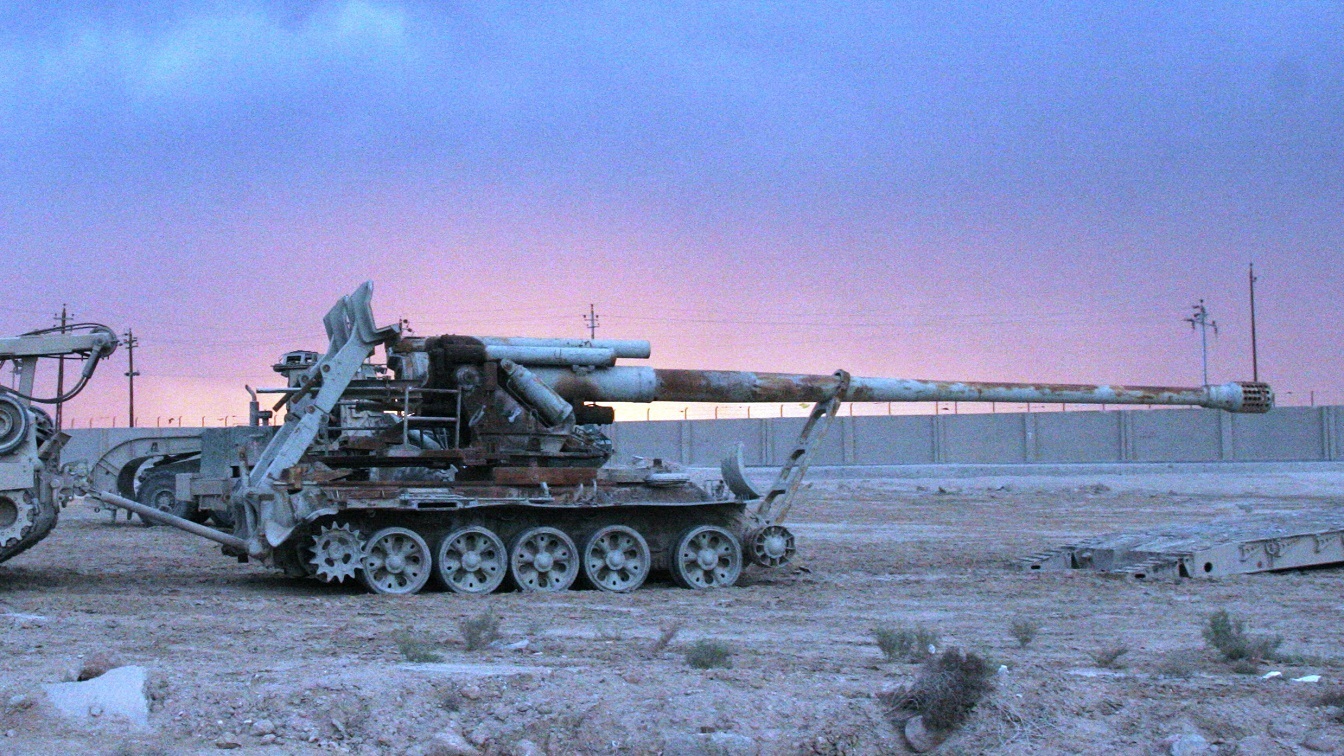
U.S. Marines assigned to Regimental Combat Team 1 use an M-88A2 Hercules recovery vehicle to remove a damaged Iraqi self-propelled artillery piece from the Al Anbar University campus in Ramadi, Iraq, Nov. 29, 2008, during a tank removal mission. Marines are removing the tank as part of the ongoing effort to rebuild Iraq and beautify the country. (U.S. Marine Corps photo by Lance Cpl. Albert F. Hunt/Released)
Ukraine’s Army Is Suffering
This is also a war of attrition, and Putin and his generals seek to wear down the Ukrainians.
Putin has strength in numbers, but Ukraine is having trouble getting more troops to the front lines. There are problems with conscription, as recruiters are pulling draft-age men from bars and parties in Kyiv. Many Ukrainian troops are in their fifties. They rarely get a break and do not rotate to the rear for months. Some have been fighting since before the invasion.
Russian Troops Are Better Trained and Have Gained Experience
Putin knows this and is willing to bet that Ukraine will have to sue for peace eventually. By that time, Russia may have taken all of Donbas. The Russians have also switched tactics. Instead of sending their lightly trained conscripts on frontal attacks, they keep the rookies in defense. The more elite and experienced Russian troops go on the offensive.
“Elite units like the marine infantry, airborne troops known as VDV, and Russia’s Spetsnaz special forces now receive better equipment, longer training, and better officer training,” according to Aljazeera.
It’s All About Mass
But mass as a principle of warfare is now the most significant part of Russian doctrine in Ukraine. Instead of relying on battalion and brigade-size units, the Russian high command has assembled its men into divisions and placed these high-density units into battle.
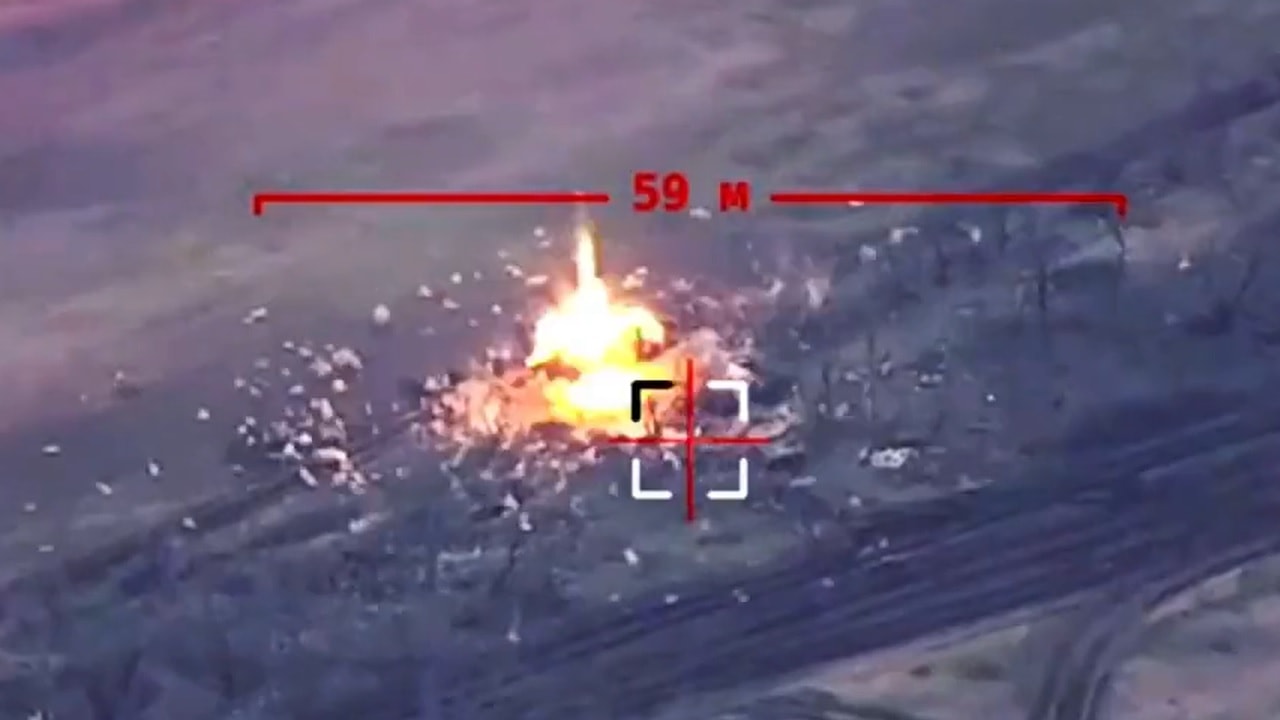
Excalibur Attack from Ukraine
The belief is that Ukraine cannot sustain its casualties at the hands of superior strength and numbers by the Russians.
Never Ending Supply of Tanks
Then there is mechanized warfare. Russia has lost at least 8,000 tanks in battle since the start of the war. But the defense industry is on war footing and 1,500 tanks can be produced yearly. They still have older refurbished tanks coming to the front (not more modern T-90s) Those additional tanks will eventually outmatch Ukraine, which has limited numbers of armored vehicles despite donations by NATO and especially the United States. The Americans have sent M1 Abrams, Bradley Fighting Vehicles, and Stryker armored personnel carriers to Ukraine.
Russian Drones and Artillery Are Making a Difference
This has not deterred Russia because it also has mastered drone warfare, and most importantly, it has used unmanned systems to spot artillery fire. Most Ukrainian casualties come from Russian artillery, while Ukraine does not have the ammunition to answer. Millions of Russian shells have been imported from North Korea and look for that re-supply to continue.
So, Russian casualties will not stop the war and are stiffening Moscow’s resolve. Russia is down but not out. They have divisions with substantial numbers of tanks, artillery, and drones. That does not even count the relative strength of the Russian air force and navy, even though there have been heavy losses in those two branches. Russia will fight on and still be adequate to gain more territory in the Donbas until Ukraine agrees to head to the negotiation table. Putin will order his army to never give up despite all the losses.
About the Author: Dr. Brent M. Eastwood
Brent M. Eastwood, PhD, is the author of Don’t Turn Your Back On the World: a Conservative Foreign Policy and Humans, Machines, and Data: Future Trends in Warfare, plus two other books. Brent was the founder and CEO of a tech firm that predicted world events using artificial intelligence. He served as a legislative fellow for U.S. Senator Tim Scott and advised the senator on defense and foreign policy issues. He has taught at American University, George Washington University, and George Mason University. Brent is a former U.S. Army Infantry officer. He can be followed on X @BMEastwood.

 Conservative
Conservative  Search
Search Trending
Trending Current News
Current News 